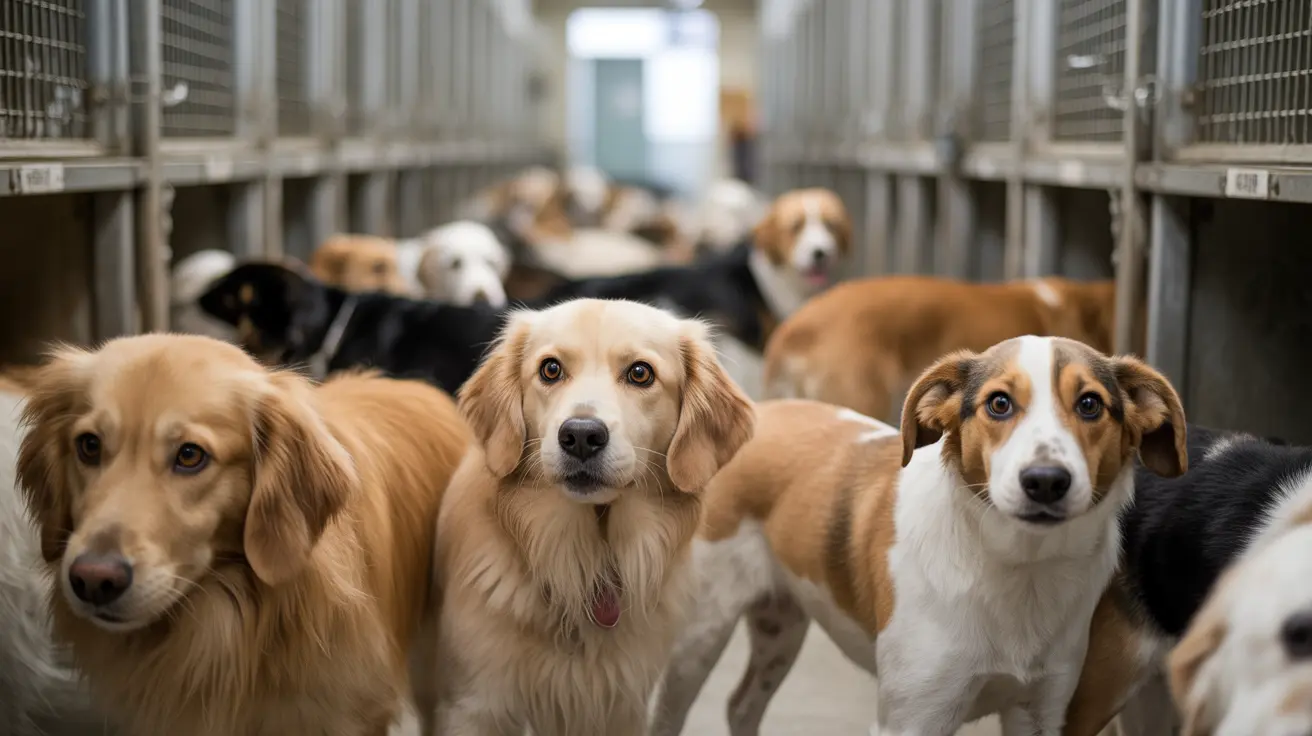How to Tell If a Dog Is an XL Bully
Identifying whether a dog is an XL Bully involves evaluating several physical traits, temperament cues, and ancestry details. As a popular variant of the American Bully breed, XL Bullies have distinctive features that set them apart from other types.What Is an XL Bully?
The XL Bully is a type of American Bully, bred for its impressive stature, gentle temperament, and loyal nature. This breed type falls under several categories according to kennel clubs like the American Bully Kennel Club (ABKC) and United Kennel Club (UKC). The XL Bully is the largest recognized size variant.Key Physical Features of an XL Bully
To determine whether a dog is an XL Bully, consider the following physical characteristics:- Height: Males typically stand 20–23 inches tall at the withers, while females measure 19–22 inches.
- Weight: XL Bullies often weigh between 80 and 150 pounds, depending on bone structure and muscle mass.
- Body: Notably muscular with a wide chest, straight back, and powerful hindquarters.
- Head: Broad and blocky with pronounced cheek muscles and a short, square muzzle.
- Ears: Can be natural or cropped, depending on owner preference.
- Tail: Medium-length, low-set, and tapers to a point.
Temperament Considerations
Apart from appearance, the XL Bully is known for its gentle and affectionate temperament:- Excellent with children and family members.
- Loyal and highly trainable.
- Protective but not aggressive by nature.
How Breeders and Authorities Classify XL Bullies
To confirm a dog's breed status formally, professionals often consult kennel clubs or DNA testing:
- Breed Papers: Official documents from ABKC or UKC showing full ancestry.
- DNA Testing: Genomic testing can show breed mixes with high accuracy.
- Veterinary Evaluation: Vets familiar with bully breeds can provide insight based on physical examination.
Common Misidentifications
Due to shared features, XL Bullies are often mistaken for:- American Pit Bull Terriers
- American Staffordshire Terriers
- Other American Bully classes like Standard, Pocket, or Classic
Legal and Breed Standard Implications
In some countries, specific rules govern ownership of XL Bullies. For accurate identification, referencing a breed standard is essential:- Refer to recognized breed standards by ABKC and UKC.
- Consult with licensed breeders.
- Review government legislation in your area for breed-restriction laws.





